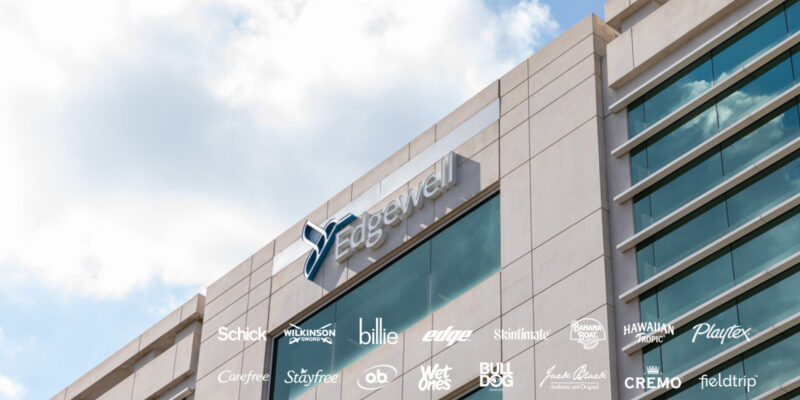The Campbell Soup Company, a snack and beverage company with annual revenue of over USD8 billion, wanted to improve reliability and availability, in addition, to building greater flexibility and scalability into its core SAP environments. With its acquisition of Snyder’s-Lance, this need was intensified.
Fueled by its futuristic visions and the acquisition of Synder’s-Lance, Campbell went for a head-first cloud transformation aided by Khoj Information Technology – a move that increased its capacity to handle large amounts of data. Today, the company runs a single global instance of SAP and enjoys reduced downtimes, resilient manufacturing, and deep insights into its supply chain.








